Quantum Key Distribution (QKD) in Space Communications
- Posted by doEEEt Media Group
- On February 21, 2020
- 0
ALTER is the prime contractor of a consortium for the development of a compact, robust and reliable solution of a Quantum Key Distribution (QKD) in Space Communications in the frame of the ARTES programme.
Quantum Key Distribution in Space Communications
Single photons cannot be cloned or split and, by measuring them, you change their initial state.
Quantum communication system uses single photons to transmit unique random secret keys of ones and zeros.
Absence of absorption effects and birefringence of the optical fibre
Longer distances for space communications; satellite-satellite and Earth-satellite links; incoherence effects caused by atmospheric disturbances are insignificant.
Quantum communication in space
- Subsystem for quantum communication in space to potentially be placed on the International Space Station.
- Photonic transceiver Elegant Breadboard capable of generating and detecting entangled photons pairs as well as faint laser pulses.
GET IN TOUCH TODAY!
Do you have questions? Contact us!
Quantum Photonic Transceiver
General concepts
- The entangled photon source (EPS) distributes random but perfectly correlated sequences.
- EPS is used in simultaneous key transmission scheme (Eckert Protocol)
- Each station receives one photon of each entangled pair. The received key is compared and an unconditionally secure key is computed.
- The faint pulse source (FPS) distributes deterministic sequence.
- FPS is used for consecutive key transmission scheme (BB84+decoy State Protocol)
- Each station receives two keys from the terminal
- After transmission one station sends a XOR of both keys to the other station and thus one unconditionally secure key is computed.
General Requirements
- Total mass ≤ 4Kg
- Total Size ≤290x120x100mm3
- Total Power Consumption ≤ 15W(peak)
Environmental Constraints
- Operational Temperature -35º/60º
- Storage Temperature -50º/75º
- Operational Relative Humidity Range 5-85%
- Storage relative humidity range 5-95%
- Vacuum Environment <10-6 mbar
- Radiation : Gamma , Displacement Damage and Single Event Transient
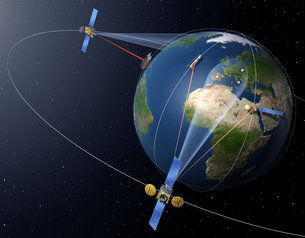
European Data Relay Satellite programme (ARTES 7) Copyright ESA
Critical Aspects
- Critical optical and opto-electronics elements have been space-validated: being COTS they had to undergo environmental and mechanical tests to prove their functionality and feasibility in space environment
- The compatibility of the opto-mechanical design with space environment had to be demonstrated by a suitable combination of analysis and testing
- Functional performance depends on precision and stability of the opto-mechanical assembly in space environmental conditions. Stable and robust opto-mechanical integration.
- Thermo-mechanical active control of optical and opto-electronic components had to be also considered.
Space Quantum Communication
Alter Technology I+D TECHNOLOGY ROADMAP
Quantum Communication in Space is becoming a cutting-edge information technology.
Alter Technology Innovation strategy in the space quantum communication field:
- Leap ahead in the space business sector
- Step forward the information technology arena » e.g. support and analysis of future implementation and commercialisation of QKD systems for secure encryption systems in space applications.
GET IN TOUCH TODAY!
Do you have questions? Contact us!
- Space-Grade components available for immediate delivery - April 10, 2025
- Managing EEE components for LEO and lower cost space missions - December 17, 2024
- Filtering Characteristics of Parallel-Connected Fixed Capacitors in LCC-HVDC - November 21, 2024

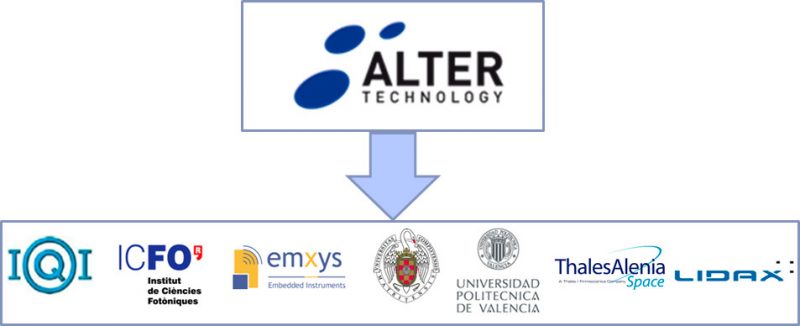
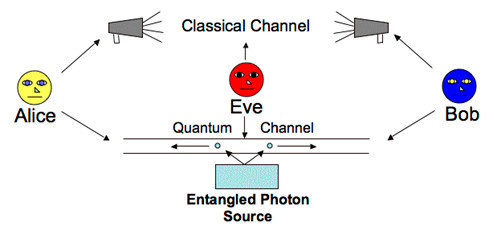
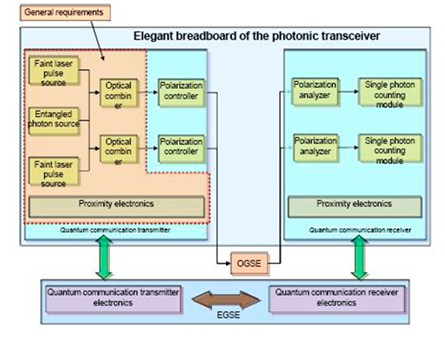
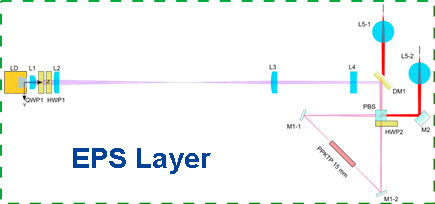
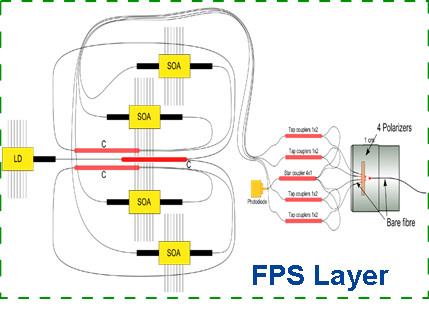
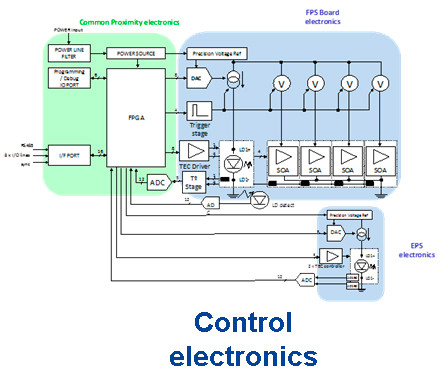
0 comments on Quantum Key Distribution (QKD) in Space Communications